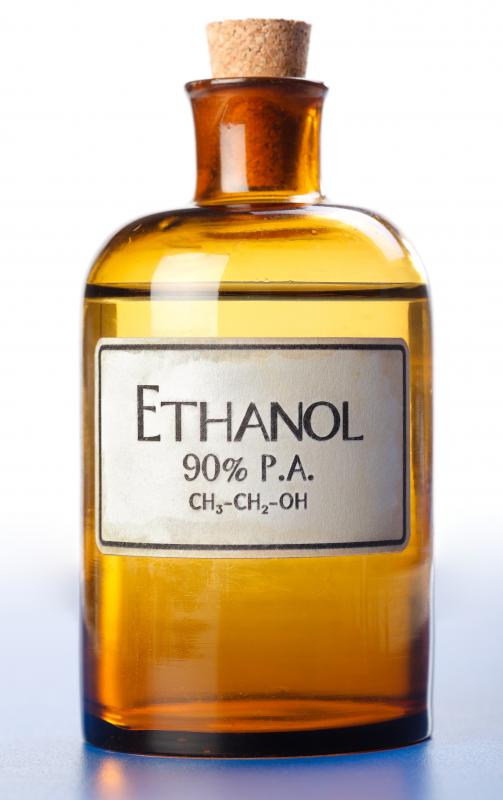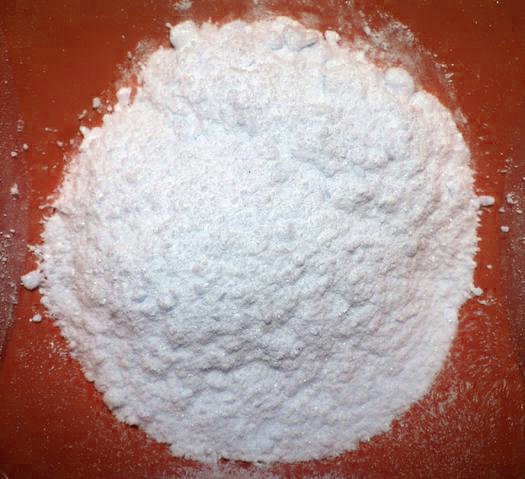WHAT ARE COMPOUNDS?
 A chemical compound is a chemical formed from atoms of different chemical elements. The different atoms are joined by chemical bonds. The elements stick together so strongly that the compound behaves like one substance. The chemical that is made depends upon what atoms it is made of and how they are joined together.Chemical compounds can be liquids, like water which is made from atoms of hydrogen and oxygen joining together. They can also be solids, like sodium chloride that contains sodium and chlorine atoms. We get compounds from natural sources such as plants or make them in laboratories. Compounds can be made from others by scientists and these are called synthetic chemicals. When different compounds are mixed together they can have a chemical reaction. The compounds may join together to make one compound or change into several new compounds.
A chemical compound is a chemical formed from atoms of different chemical elements. The different atoms are joined by chemical bonds. The elements stick together so strongly that the compound behaves like one substance. The chemical that is made depends upon what atoms it is made of and how they are joined together.Chemical compounds can be liquids, like water which is made from atoms of hydrogen and oxygen joining together. They can also be solids, like sodium chloride that contains sodium and chlorine atoms. We get compounds from natural sources such as plants or make them in laboratories. Compounds can be made from others by scientists and these are called synthetic chemicals. When different compounds are mixed together they can have a chemical reaction. The compounds may join together to make one compound or change into several new compounds.
------------------------------------------------------------------
SOME OF US MAY NOT KNOW that these objects are COMPOUNDS.
Well, they certainly are!
There are lots of chemical compounds that can be found in our surroundings. Some compounds are very important in our lives that help us inorder to live and make our life easier and even better. Compounds needs to used it in the right way, inorder to avoid Accidents and harmful effects that can lead to death.As we notice in our home, many compounds that are needed like salt, sugar, vinegar, margarine and etc. These compounds help in cooking and adds taste to our food. Bleach, muriatic acid, boracic acid and etc. These compounds are used to clean our clothes and sanitize our toilets. It helps us in preventing sickness and diseases.
------------------------------------------------------------------------------------------------------------------------
HOUSEHOLD COMPOUNDS HERE, THERE, EVERYWHERE!
"Miss, can I buy a pack of Sodium Chloride, a kilo of Sucrose, a piece of silicon dioxide ....."

NaCl - Salt
COLOR:
Salts can give off an impression of being clear and straightforward (sodium chloride), misty, and even metallic and radiant (iron disulfide). By and large, the evident darkness or straightforwardness are just identified with the distinction in size of the individual monocrystals. Since light reflects from the grain (limits between crystallites), bigger precious stones have a tendency to be straightforward, while the polycrystalline totals look like white powders.
TASTE:
As Ryan Tupaz's line goes, "from the word itself." Salt would definitely salty. We use salt to add a pang of saltiness to a dish.
SiO2- Silicon Dioxide
Silicon dioxide, also known as silica (from the Latin silex), is a chemical compound that is an oxide of silicon with the chemical formula SiO2. It has been known since ancient times. Silica is most commonly found in nature as quartz, as well as in various living organisms.
COLOR:
These deadly babies are transparent.(OH! MY FAVORITE COLOR!) The color may vary depending on the composition of the molecules. It may appear yellowish sometimes.
TASTE:
TOTALLY WORTH DYING FOR! LITERALLY. DO NOT EAT! I REPEAT . DO. NOT. EAT.
USES:
___________________________________________________________
its time for .......
LIFE HACKS BY ROMEO!
Now you know!
______________________________________

Ethanol- Alcohol
It is the principal type of alcohol found in alcoholic beverages, produced by the fermentation of sugars by yeasts. It is a neurotoxic psychoactive drug and one of the oldestrecreational drugs used by humans. It can cause alcohol intoxication when consumed in sufficient quantity. Ethanol is used as a solvent, an antiseptic, a fuel and the active fluid in modern (post-mercury)thermometers.
Color:
Colorless
Uses:
We usually know ethanol as antiseptic or disinfectant that we usually use disinfection, insect bites, hygenic purposes or general massages that are usually seen on every home but there are many types of ethanol. Ethanol, also called ethyl alcohol, pure alcohol, grain alcohol, ordrinking alcohol, is a volatile, flammable, colorless liquid. It is a powerful psychoactive drug and one of the oldest recreational drugs. It is best known as the type of alcohol found in alcoholic beverages and thermometers. In common usage, it is often referred to simply as alcohol or spirits.

TRIVIA:
ETHANOL is the ONLY drinkable ALCOHOL. Therefore, don't drink GREEN CROSS ALCOHOL. Alcoholic beverages are prohibited for minors.
______________________________________________________

- Taste:
- Foods rich in simple carbohydrates such as sugar are those most commonly associated with sweetness. ( oh dang SWEET!)
Uses:Sugar is an important source of food energy. During digestion, all food carbohydrates (starches and sugars) break down into single molecule sugars. These sugars are absorbed from the intestine into the blood stream and travel to the cells, where they are used to provide energy for cellular functions. In parts of the world where people suffer from energy malnutrition and are undernourished, sugar is valued as an inexpensive source of energy to support human activities.
GoOfs Up!
A factory error (defect?) it is! Look at what Dranesiol found at a local supermarket.
SUGARS are present in different colors which commonly is WHITE and BROWN. The color is due to the refinement of the sugar.
NaCaO3- Washing Soda
It most commonly occurs as a crystalline heptahydrate, which readily effloresces to form a white powder, the monohydrate. Pure sodium carbonate is a white, odourless powder that is hygroscopic (absorbs moisture from the air), has an alkaline taste, and forms a strongly alkaline water solution. Sodium carbonate is well known domestically for its everyday use as a water softener
Chemical Properties:
The chemical formula for washing soda is Na2CO3. It is a mixture of salt and carbon molecules. Washing soda does not boil, but rather decomposes when it reaches the boiling point of around 210 degrees. Washing soda will melt at just below 1,564 degrees. Washing soda is non-flammable and is classified as an irritant because of its rough texture. The basicity of washing soda is 4.67.
Uses:
In domestic use, it is used as a water softener in laundering. It competes with the magnesium and calcium ions in hard water and prevents them from bonding with the detergent being used. Sodium carbonate can be used to remove grease, oil and wine stains. Sodium carbonate is also used as a descaling agent in boilers such as those found in coffee pots and espresso machines. In dyeing with fiber-reactive dyes, sodium carbonate (often under a name such as soda ash fixative or soda ash activator) is used to ensure proper chemical bonding of the dye with cellulose (plant) fibers, typically before dyeing (for tie dyes), mixed with the dye (for dye painting), or after dyeing (for immersion dyeing).

Sodium Borate- Borax
An important boron compound, a mineral, and a salt of boric acid. Powdered borax is white, consisting of soft colorless crystals that dissolve easily in water.
Uses:
Borax has a wide variety of uses. It is a component of many detergents, cosmetics, and enamel glazes. It is also used to makebuffer solutions in biochemistry, as a fire retardant, as an anti-fungal compound for fiberglass, as a flux in metallurgy, neutron-capture shields for radioactive sources, a texturing agent in cooking, and as a precursor for other boron compounds.
In artisanal gold mining, the borax method is sometimes used as a substitute for toxic mercury in the gold extraction process. Borax was reportedly used by gold miners in parts of the Philippines in the 1900s.
OTHER USEFUL COMPOUNDS:
We are living in a world filled with chemical compounds, some of them being the most important things we use on a regular basis. Here are a few of the thousands of compounds that are most useful in our daily routines:
• Water (H2O) – No explanation is needed as to how important water is in our life. Basically, water is something that could help us survive even if we don’t have anything else..
• Sucrose or Table Sugar (C12H22O11) – Sucrose is used mainly in cooking and as a sweetener.
• Sodium Hypochlorite or Bleach (NaClO) – Bleach is used as a stain remover, disinfectant and deodorant. It is also used to treat water and to reduce skin damage.
• Hydrogen Peroxide (H2O2) – This is used as a germicidal agent and is the only one of its kind that is composed of oxygen and water. It is an alternative to bleach and is a potent disinfectant. It is also used in personal hygiene products like mouthwash and toothpaste, and is used to lighten hair. It is also used to sanitize meat and other food products.
• Acetone ((CH3)2CO) – Acetone has a number of medical and cosmetic uses, the most popular being as a nail polish remover. It is also a popular solvent and is used for other domestic and laboratory processes.
• Methane (CH4) – Methane is a natural gas that is used to refine crude oil. It is also used as a reactant to produce other substances such as chloromethanes and ammonia.
• Carbon Dioxide (CO2) – Carbon dioxide is used in the content of fire extinguishers and in the production of dry ice. It is also used in the production of carbonated drinks.
• Citric Acid (C6H8O7) – An organic compound, it is usually found in citrus fruits. It is used for culinary and medicinal purposes.
• Sodium Nitrate (NaNO3) – Sodium nitrate is used in the food and agriculture industry. It is also the prime ingredient in fertilizers.
• Ammonia (NH3) – Ammonia reacts with acids to produce salts. It is used in a lot of cleaning products.
They certainly are important to us! They just don't help us through our lives, but practically, they are life.
This is ....
WITH ROMEO AND DRANESIOL!
COMPOUNDS ARE LIFE.





